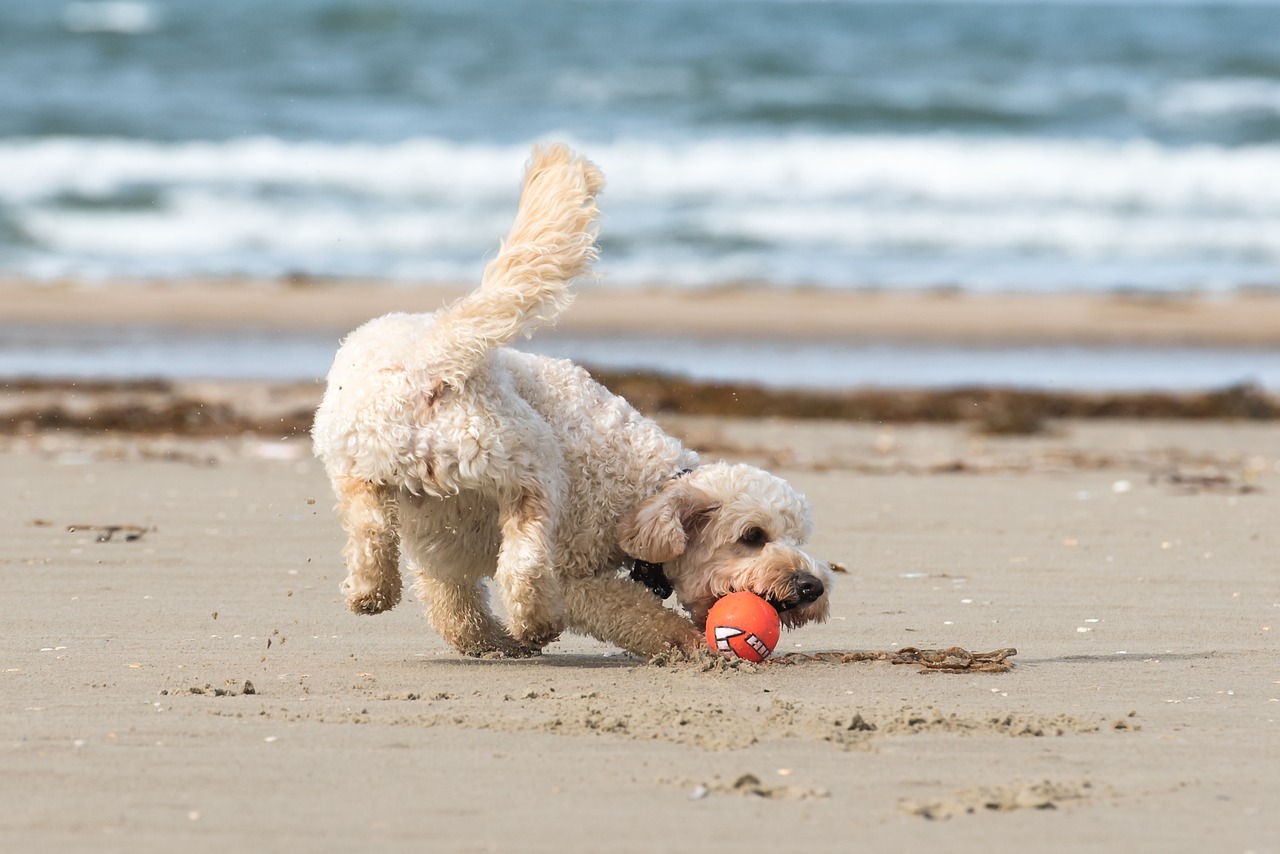
Keeping safe in hot weather
- Walk your dog early in the morning before the temperature rises, or in the evening, once the sun has gone down.
- Check the temperature of the pavement with the back of your hand for 7 seconds. If it is too hot for you to touch, it is too hot to allow your pet to walk on and could damage their paws. Keep them inside until it cools down.
- Ensure your dog has access to shaded areas and fresh water.
- Be mindful that brachycephalic dog breeds such as pugs, bulldog breeds, shih-tzus and boxers are more prone to overheating in the sun. These breeds especially should be kept cool inside during the hottest parts of the day.
Signs of heatstroke include the following:
Excessive panting
Hypersalivation (lots of drooling and thick saliva)
Bright red gums and tongue
Urinating less
Lethargy (seem very tired and weak)
Breathing difficulty
Rapid heart rate
Seizures
Sudden collapse
Heatstroke can be fatal – if your pet is showing signs, please call us for advice.
Blue-green algae
- Blue-green algae are most commonly found in non-flowing fresh water such as lakes or ponds during warm weather. They can float on the surface of the water or be bottom dwelling.
- During a bloom, the water becomes less clear and may look green, blue-green or greenish-brown. Scums can form during calm weather when several bloom forming species rise to the surface.
- Exposures in animals usually occur when they drink from water bodies where the algae have bloomed. Dogs are often affected when they swim in infested water bodies or groom themselves afterwards.
- Although not all species are toxic, many blue-green algae produce toxins. Signs in pets can vary depending on the toxin involved but can include tummy upsets, liver failure and neurological signs.
- If you know or suspect that your pet has come into contact with blue-green algae, seek veterinary treatment ASAP.
- Be vigilant for warning signs, placed when such blooms are detected, but be aware signs won’t always be present. Incidents of cyanobacterial blooms or scums can be reported to the Environment Agency on its 24-hour hotline at 0800 80 70 60.
Grass seeds
- Grass seeds act like small arrowheads and can get caught in a dog’s fur (the paws are the main site), or can enter a dog’s ear or even nose. They can burrow into the skin, potentially causing pain, swelling and infection.
- Check your dog over after walks in meadows, woodlands or grassy areas and remove any seeds from their fur. It is especially important to check between the toes and around the ears.
- Signs of a problem may include a sore foot, or sudden onset head-shaking and ear irritation if the seed is down the ear. Veterinary treatment is recommended – usually once imbedded, sedation is required to find and remove the offending seed.
BBQs
- BBQs are the ideal opportunity for dogs to sneak food they shouldn’t do, which may cause them an upset tummy or worse. Corn on the cob husks for example can be eaten whole by some dogs and cause an obstruction inside. Try to keep food out of their reach and ask guests not to feed your pets.
- Avoid leaving rubbish such as plastic wrappers and kebab skewers where your dog can get to them. Unfortunately dogs have been known to eat whole skewers, which can cause serious problems inside.
Others
- Bee and wasp stings, like in humans, usually only cause minor pain and irritation. They can be more serious though, e.g. if they occur in the mouth or throat, the dog is stung multiple times or if they are allergic. If your dog is stung in the mouth/throat, seems unwell in themselves or there is swelling of the area or around the mouth/face contact us for advice.
- Slug/snail pellets – those containing metaldehyde can be severely toxic, even in small doses, causing neurological signs such as fitting.
- Some garden plants are toxic if eaten – there is a useful list here: https://www.thekennelclub.org.uk/…/poisons-in-your-garden/.
- Toads – toads secrete venom from glands found on their skin that can be poisonous to pets that bite them, pick them up in their mouth or lick them. Symptoms may include pain, drooling and pawing at the mouth and can progress to more serious issues like collapse.
